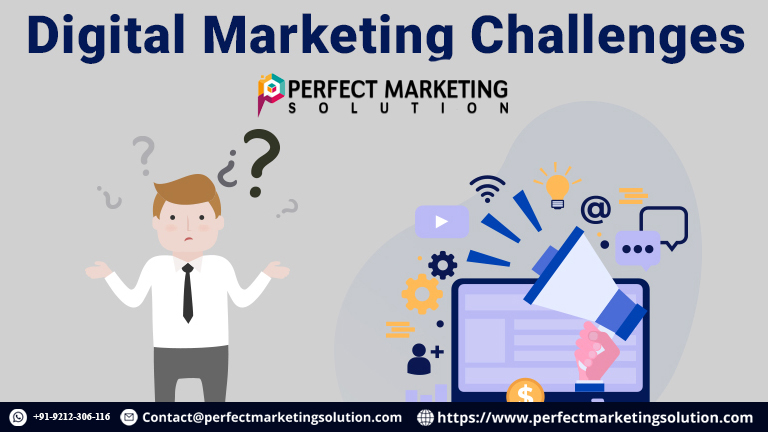1. Planning and strategy
Planning is essential in any new action. For everything to happen in the right way, you need to define your objectives and outline strategies for your content production. Don’t start producing without knowing where you want to go.
Before starting, have these points well-defined
-
Set objectives: generate leads? Attract new visitors? Generate conversions?
-
Define your target audience: Who are you going to produce for?
-
Define the categories: What are the topics that will be covered in general?
-
Organize a publishing schedule: What will be the frequency? What days will it be posted?
-
Decide who will produce this content: who will produce it?
-
Define the channels for dissemination: Social Networks? Newsletter?
With the next tips you will understand how to better develop some of these topics.
2. Define your persona
Producing content may seem difficult, but the task becomes even worse when you don’t know who you are writing for, which is why it is so important to define your business persona. It is from this analysis that you will draw up a profile of a person who represents your audience and, for this, it is important to consider characteristics such as age, profession, and topics that arouse interest.
Haven’t defined your persona yet? Access our post with tips on how to build personas to go deeper into the subject.
3. Avoid “Buy Now”
The key is content and no longer that old sales format at any cost, Customers are more experienced and have more concrete opinions of what they want or don’t want, so you must produce your content with quality and relevance.
Try to create a conversation with the consumer, always use personal, clear, and objective communication. In general, avoid a formal or professional tone, and also don’t try to appear smarter than your readers – what they are looking for are answers to their questions in interesting and friendly content.
Remember to write your texts thinking about the person you defined in the planning phase, writing this way promotes a direct connection with the reader and tends to improve your audience because you ‘speak the same language’ as him.
4. Produce content to be found
When producing content, one of the objectives is for it to be found by people and this requires much more than buying ads or spaces in search engines.
Being found in the top positions of organic searches brings a lot of credibility to your company and with some SEO techniques your blog can rank better in search engines, such as Google and Yahoo. Remember to define a keyword before creating content – this is the most important factor in SEO, Create attractive titles and well-crafted descriptions. Also, invest in guest posts, and partnerships with companies in your segment with the aim of promoting content.
5. Invest time in layout
Very extensive content tends not to capture the reader’s attention. The idea is that your material is dynamic enough not to become tiring. To achieve this, there are some basic rules that good content must follow.
Constructing short paragraphs makes reading easier and more attractive to the human eye. Adding images throughout the text is important to make the content more visual, it’s worth opting for infographics, videos, and gifs. If there are parts of the text that deserve highlighting, use bold. These and other practices make your content scannable and optimized.
6. Create Internal Link Building
In the task of making your content achieve better performance, an important strategy is to add links in the text to direct the reader to other posts on your blog.
The idea is to bring traffic to your posts that are not yet accessed much, but it is important to pay attention and link to something that really makes sense and is relevant to the reader.
7. Pay attention to the frequency
Once you start producing content, it is important to keep posting constantly so that you become relevant to the reader. When talking about periodicity, we need to highlight that it does not mean publishing every day and not having quality. It is essential that your content is well written, has true information, and is original, as both your visitor and Google itself can recognize these factors.
Create a calendar by selecting topics and publication dates that are consistent with your segment and keep your audience engaged in visiting your page in search of new publications.
8. Test new formats
We talk here about producing content for blogs, but some of these points can also be useful for other formats. The most important tip is to test. Some types of media can work well with your audience, videos and podcasts are trending and tend to be successful.
Have you ever heard of rich materials? These are offers with more extensive and in-depth content, such as ebooks, spreadsheets, or simulators. This type of material can also be part of your strategy, as it is excellent for those who want to attract more leads.
9. Publicize your content
As important as producing content is distributing it to your audience. Organic searches tend to bring less traffic than sponsored posts, especially if you are new to content production.
You need to be present on the channels your audience is also on, identify which channels are most relevant to your followers, and invest in them. Social networks tend to be popular and a good way to get the word out.
10. Interact with your audience
Having content ready and published is not a sign that the task is finished. You need to monitor your readers’ engagement and interact with them. Comments are super important feedback on what you produce and, even when they are negative, be sure to respond and understand that criticism is an opportunity to improve the quality of your work.
Content production is a constant learning process. Over time you will be able to understand your audience’s tastes, their main needs, and the most effective ways to reach your persona. The essential thing is to persist with this strategy and always remember that the most important thing is not the quantity, but the quality of what you share.







